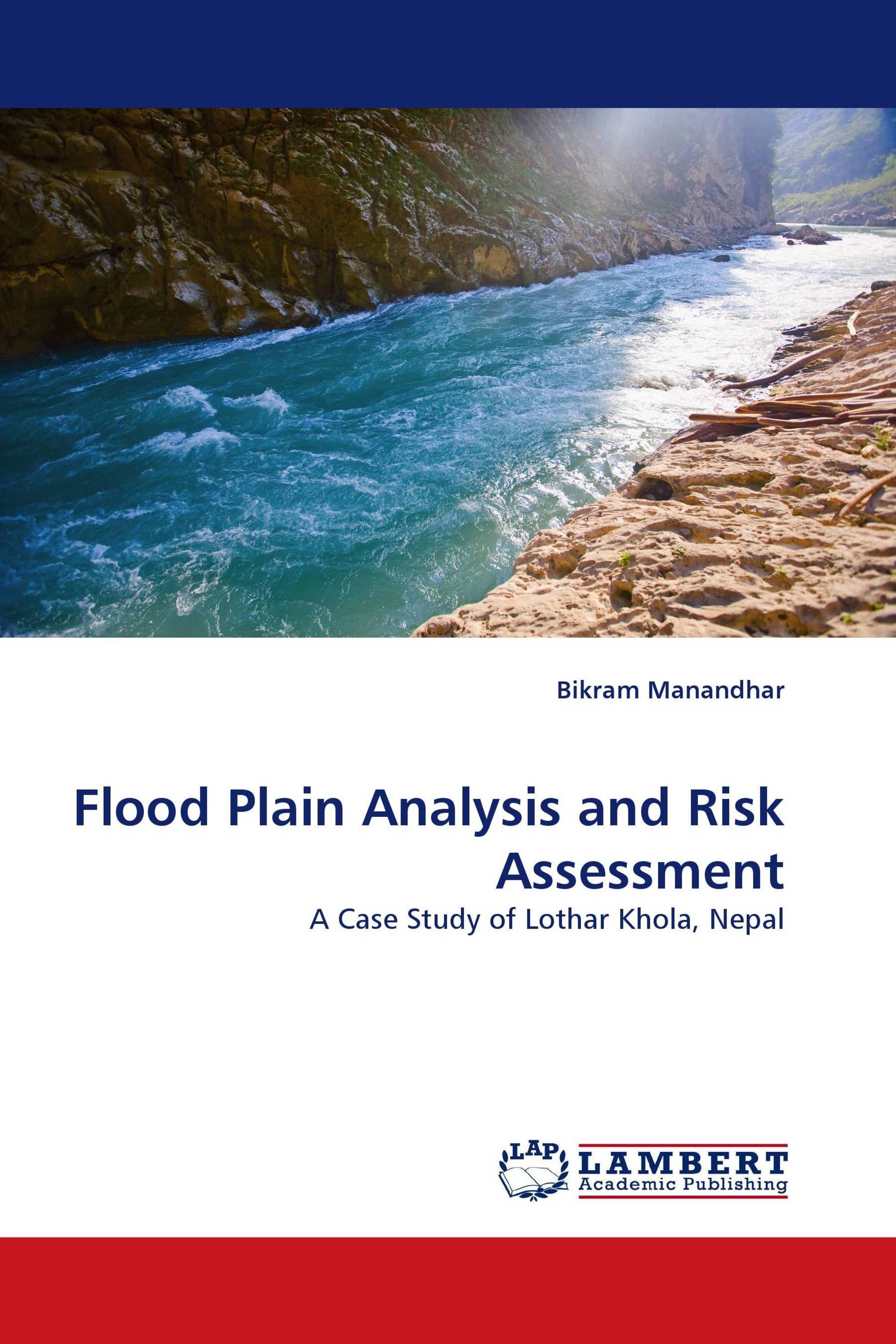Flooding is one of the most striking water induced disaster. This study aims to find out the extent of floodplain for flood discharge of different return periods using one dimensional hydraulic model HEC-RAS, ArcView GIS and Hec-GeoRAS.The study focuses on case study of Lothar Khola.Triangulated Irregular Network was prepared from contour and spot elevations in ArcView GIS.In HEC-RAS, boundary conditions, flood discharges for different return periods were inputted. Steady flow analysis was done for the results. Approach developed by Gilard (1996) was used for flood risk assessment. Area inundated by 2, 10, 50, 100 and 200 years return period flood was 230, 239, 246, 249 and 252 ha., respectively. The classification of flood depth area shows most of the flooding area has water depth greater than 3m. The assessment of the flood area shows that large percentage (> 40 %) of vulnerable area lies on sand area followed by forest, cultivation area, etc. Flooding of cultivation land indicates potential damage in food production and negative effects on the livelihoods of local people. Thus, the study may help in planning and management for future probable disaster through technical approach.
Book Details: |
|
|
ISBN-13: |
978-3-8433-5847-7 |
|
ISBN-10: |
3843358478 |
|
EAN: |
9783843358477 |
|
Book language: |
English |
|
By (author) : |
Bikram Manandhar |
|
Number of pages: |
72 |
|
Published on: |
2010-09-27 |
|
Category: |
Building and environmental technology |
